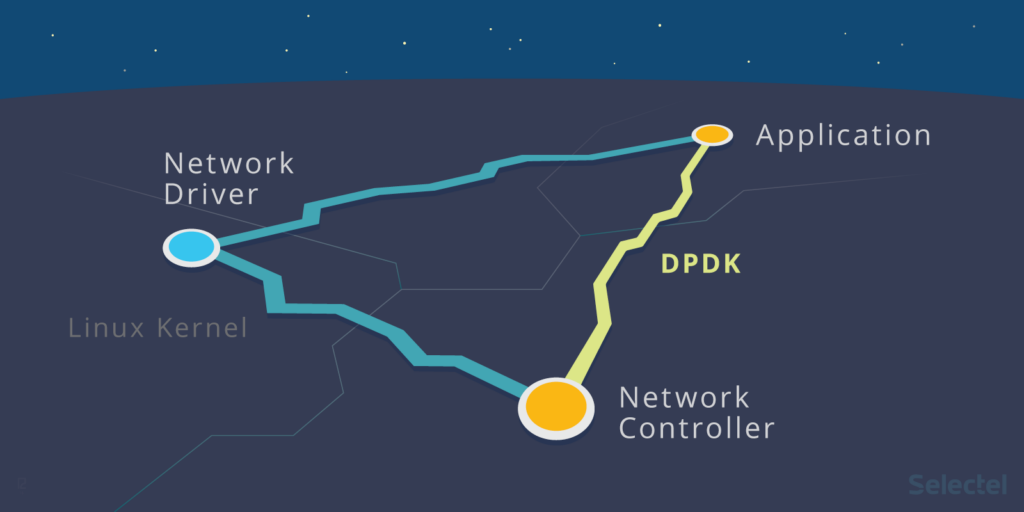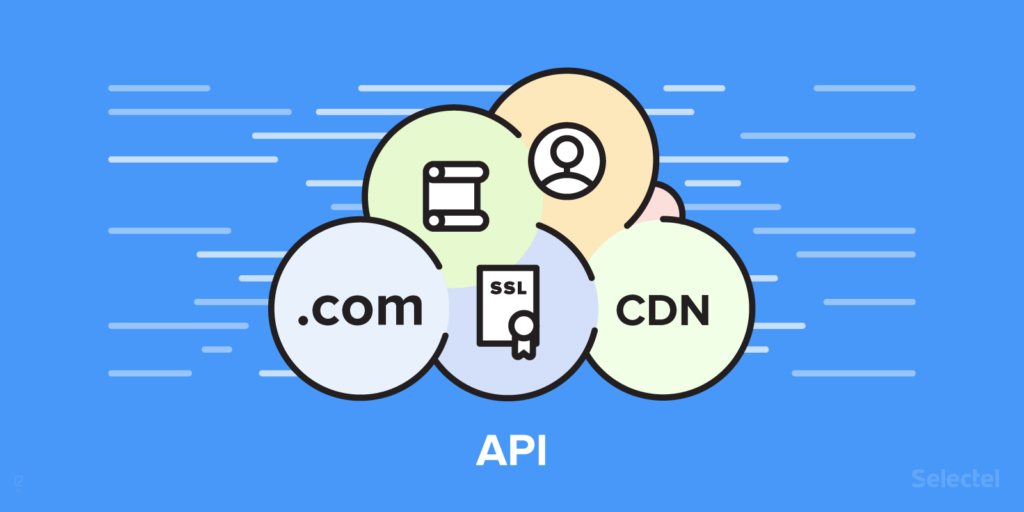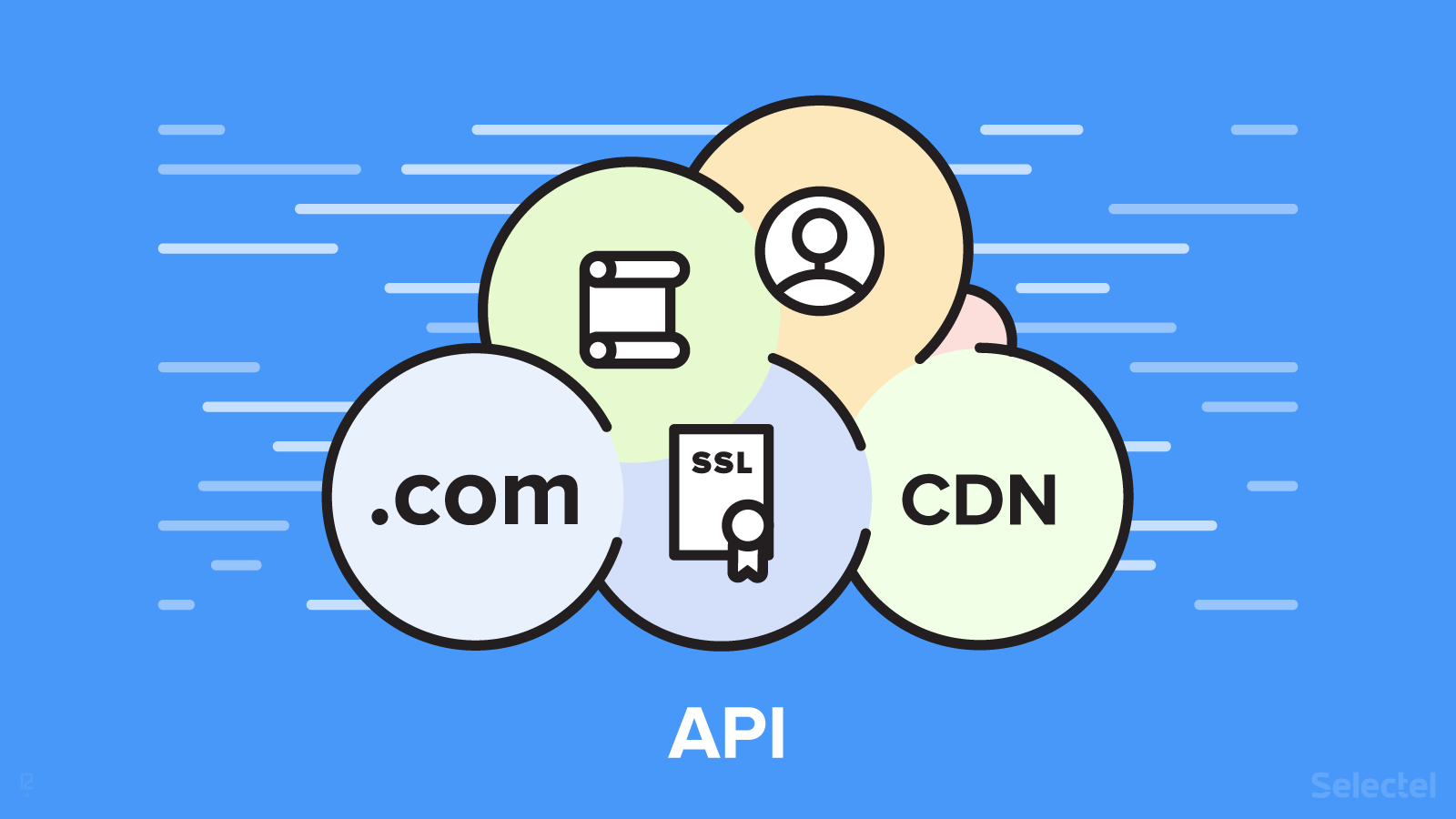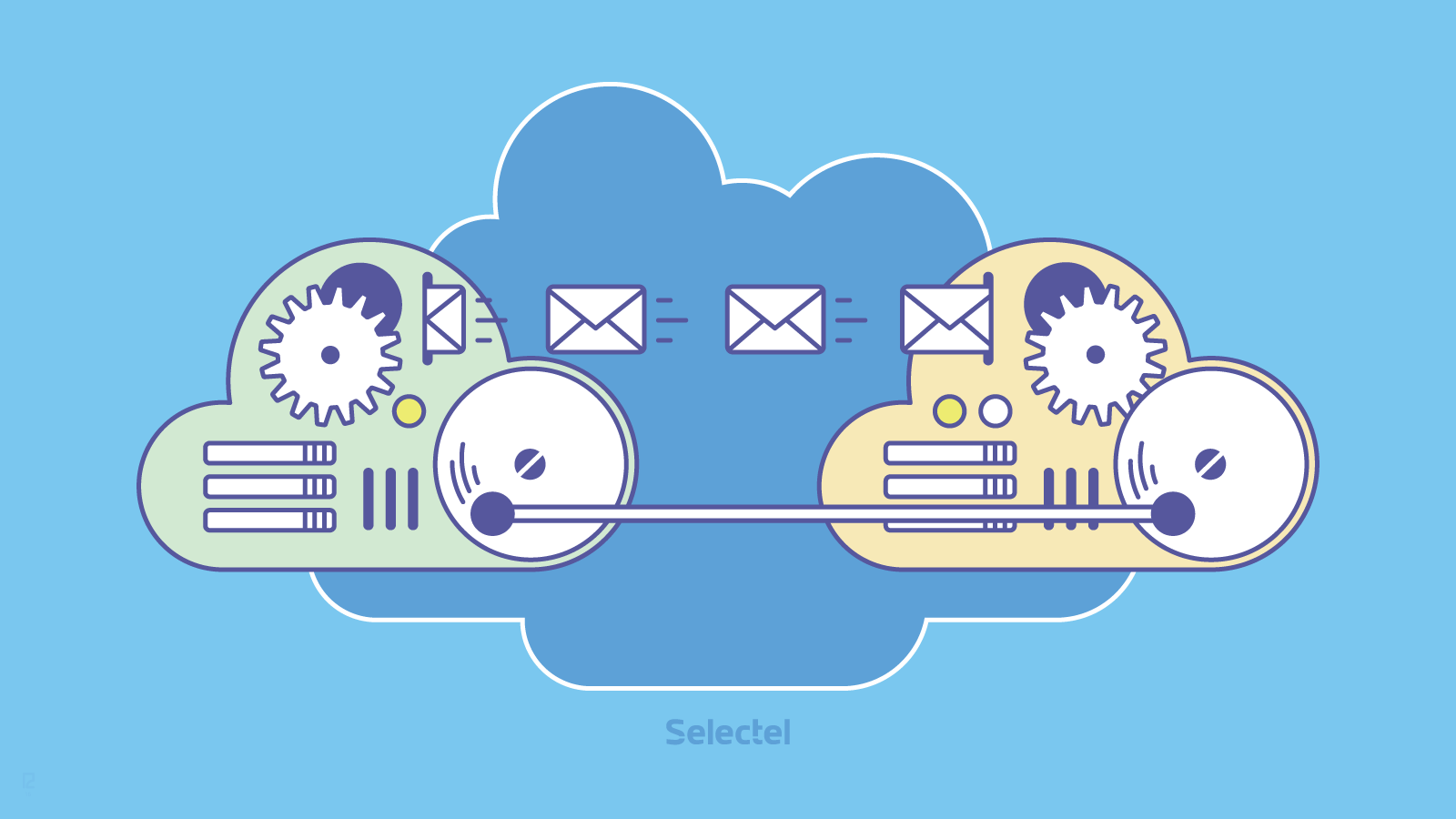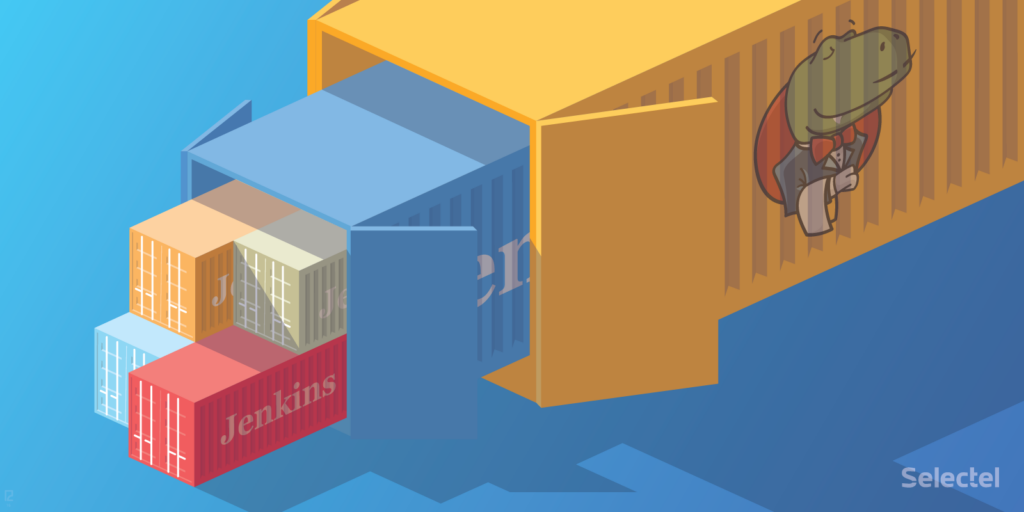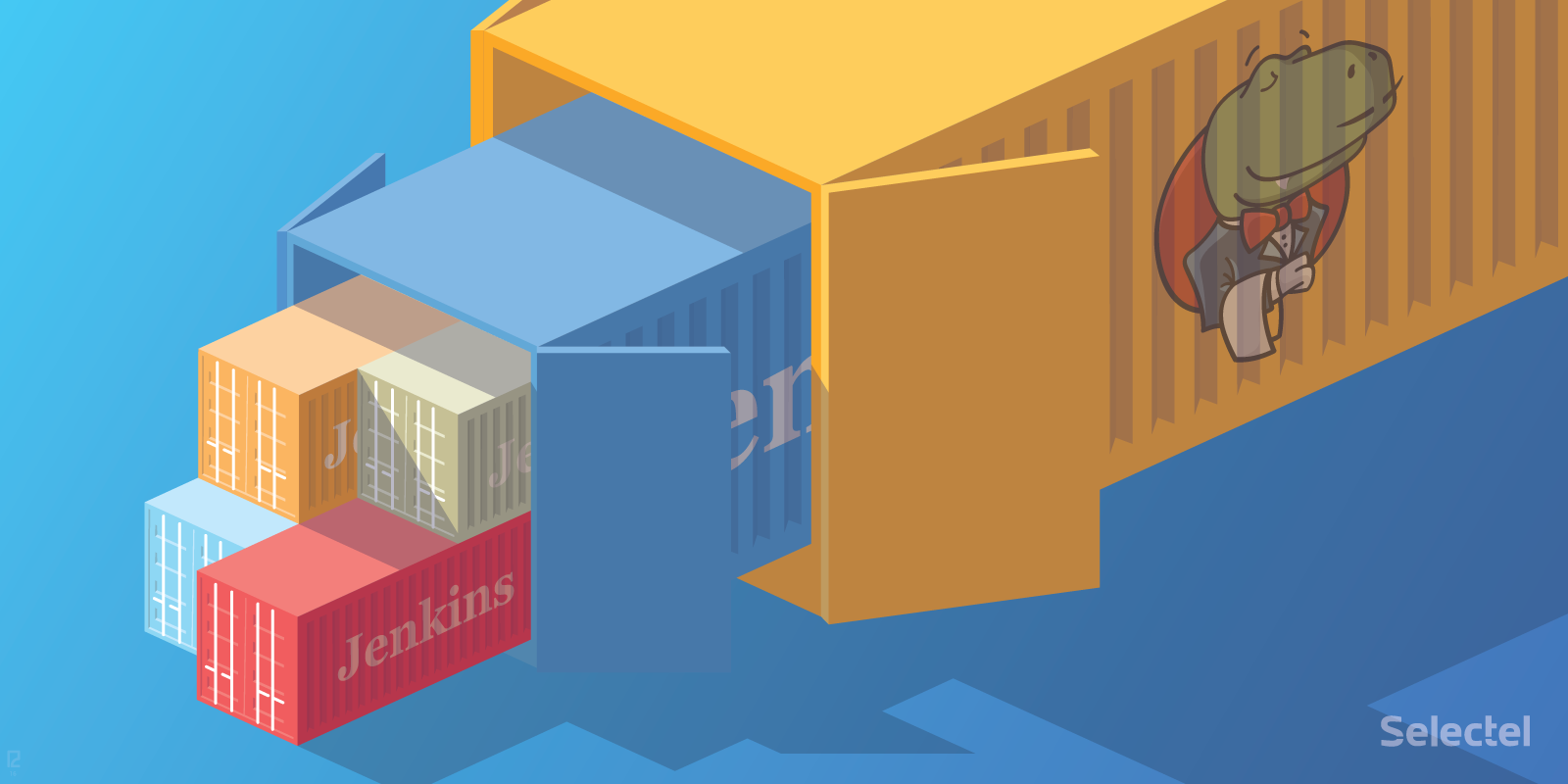
Linux network stack performance has become increasingly relevant over the past few years. This is perfectly understandable: the amount of data that can be transferred over a network and the corresponding workload has been growing not by the day, but by the hour.
Not even the widespread use of 10 GE network cards has resolved this issue; this is because a lot of bottlenecks that prevent packets from being quickly processed are found in the Linux kernel itself.
